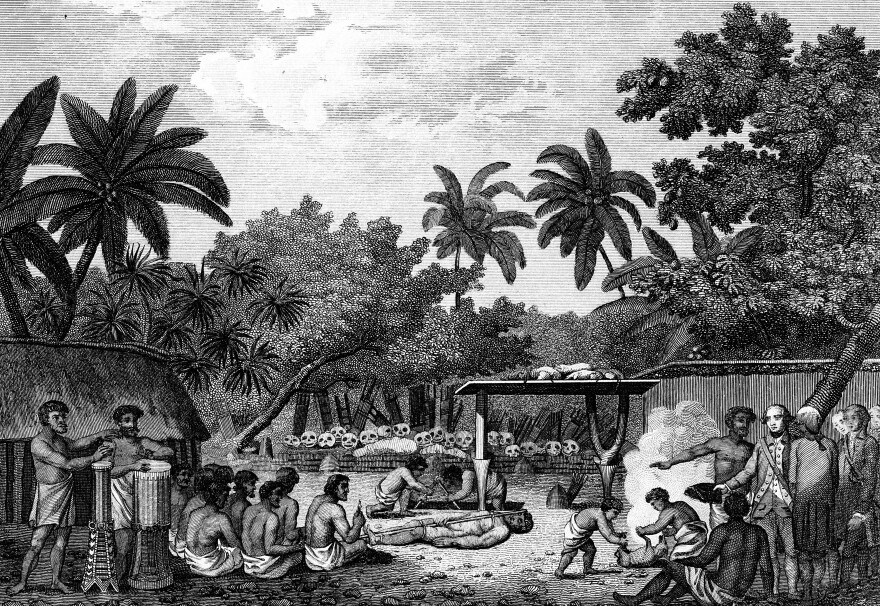Saying they found "a darker link between religion and the evolution of modern hierarchical societies" than has been previously suggested, a group of scientists say ritual human sacrifice promoted stratified social systems – and helped to sustain inherited class systems once they were established.
After comparing dozens of societies, the researchers found that ritualized human sacrifice was far more common in highly stratified societies than it was in egalitarian societies. Noting the high level of overlap between religious and political sectors in the societies, the scientists write, "human sacrifice may have been co-opted by elites as a divinely sanctioned means of social control."
Acknowledging that their findings might be "unpalatable," the scientists say, "our results suggest that ritual killing helped humans transition from the small egalitarian groups of our ancestors, to the large stratified societies we live in today."
For the study, researchers looked at 93 traditional Austronesian cultures – societies that share a family of languages and span from Madagascar to Easter Island and from Taiwan to New Zealand. For each one, they noted how segmented the society was — designating them egalitarian or either moderate or highly stratified — as well as the presence of human sacrifice in their rituals.
The work was done by psychologist Joseph Watts at the University of Auckland, along with scholars in social sciences and evolution from Germany and Australia; their findings were published in Nature on Monday.
While the cultures shared similarities in their language, they had a wide range of religious beliefs and observances. Many also practiced human sacrifice; the researchers laid out some of the reasons:
"Common occasions for human sacrifice in these societies included the breach of taboo or custom, the funeral of an important chief, and the consecration of a newly built house or boat. Ethnographic descriptions highlight that the sacrificial victims were typically of low social status, such as slaves, and the instigators were of high social status, such as priests and chiefs."
As for how the sacrifices were carried out, the list includes "burning, drowning, strangulation, bludgeoning, burial, being crushed under a newly built canoe, being cut to pieces, as well as being rolled off the roof of a house and then decapitated."
Their findings, the researchers say, are "consistent with historical accounts that speculate that in order for human sacrifice to be exploited by social elites, there must first be social elites to exploit it."
The study is the latest modern attempt to understand the cultural role played by human sacrifices – rituals in which people were killed in the name of a supernatural entity. As the researchers note, such practices are known to have taken place "in early Germanic, Arab, Turkic, Inuit, American, Austronesian, African, Chinese and Japanese cultures."
Copyright 2021 NPR. To see more, visit https://www.npr.org.





